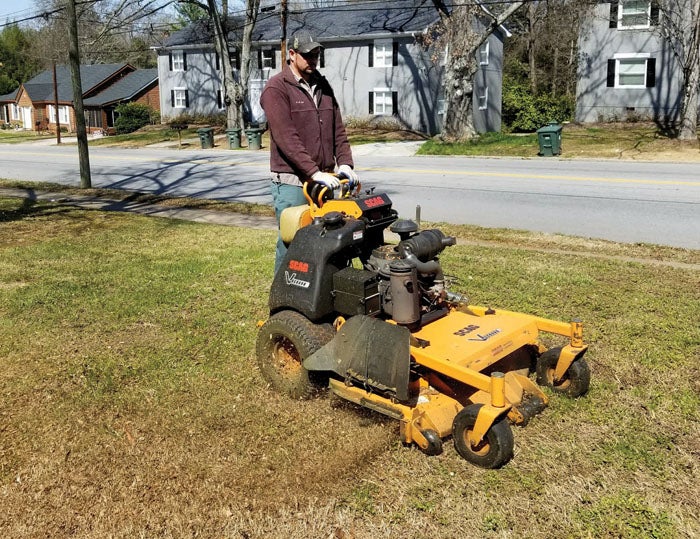Darrell Blackwelder column: Taking a weed-infested yard and starting over
Published 12:00 am Sunday, August 2, 2020

- If your yard is mostly weeds, you might need to kill unwanted grasses and reseed.
I spoke to a friend a couple of weeks ago and he told me that he couldn’t tell the grassy weeds from his normal grass. His lawn was mostly weeds. A good rule of thumb is if your lawn is a sea of unknown grasses and weeds, then you may want to start over and reseed the entire lawn. Here are a few tips to help restore your lawn with proper preparation.
• Mark your calendar. Early to mid-September is the ideal time of year to fertilize and reseed fescue lawns.
• Now is an opportune time to have your soil tested. Soil sample boxes, forms and instructions are available at the Cooperative Extension Office on Old Concord Road in Salisbury.
• Use herbicides containing glyphosate (Roundup) and other herbicides to kill unwanted grasses and weeds completely to prevent reemergence of the weeds over the upcoming growing season. Bermuda grass, crabgrass and other grassy weeds need to be sprayed and eliminated at least two weeks before planting in mid-August. Lawns with weed-infested areas eliminated are easier to till or core-aerate before over-seeding. Areas to be seeded do best when completely bare as they provide an optimum seedbed for grass seed and fertilizers. Blocking off rectangular sections in the lawn works best for renovation projects because it facilitates correct measurements of seed and fertilizer for optimal growth. Go to https://content.ces.ncsu.edu/carolina-lawns for more detailed information on lawn renovation.
Darrell Blackwelder is the retired horticulture agent and director with the North Carolina Cooperative Extension Service in Rowan County. Contact him at deblackw@ncsu.edu .



